The Journey of Google Search: From Keywords to AI-Powered Answers
Starting from its 1998 launch, Google Search has evolved from a uncomplicated keyword matcher into a robust, AI-driven answer system. At the outset, Google’s breakthrough was PageRank, which organized pages through the integrity and total of inbound links. This reoriented the web separate from keyword stuffing in favor of content that won trust and citations.
As the internet spread and mobile devices mushroomed, search activity modified. Google initiated universal search to synthesize results (news, snapshots, clips) and in time concentrated on mobile-first indexing to mirror how people truly look through. Voice queries employing Google Now and after that Google Assistant forced the system to interpret informal, context-rich questions instead of pithy keyword clusters.
The further bound was machine learning. With RankBrain, Google launched understanding previously fresh queries and user aim. BERT upgraded this by discerning the intricacy of natural language—relationship words, meaning, and links between words—so results more thoroughly matched what people were trying to express, not just what they wrote. MUM enlarged understanding among different languages and forms, authorizing the engine to integrate connected ideas and media types in more evolved ways.
At this time, generative AI is transforming the results page. Implementations like AI Overviews consolidate information from countless sources to render summarized, pertinent answers, repeatedly together with citations and forward-moving suggestions. This shrinks the need to open numerous links to construct an understanding, while yet orienting users to more substantive resources when they intend to explore.
For users, gyn101.com this transformation denotes faster, more targeted answers. For professionals and businesses, it compensates extensiveness, inventiveness, and coherence more than shortcuts. Moving forward, count on search to become increasingly multimodal—elegantly combining text, images, and video—and more targeted, adjusting to tastes and tasks. The journey from keywords to AI-powered answers is at bottom about reimagining search from seeking pages to performing work.
